Announced on Wednesday, the Awair Glow C is an air sensor, smartplug, and nightlight all in one, and works well at diagnosing air quality issues — but there's no HomeKit support, and you'll want an attached fan, dehumidifier, or other accessory to make the most of it.
Let's be frank: chances are your indoor air is fine. It might be a little hot or cold, a little humid or dry, but nothing worth stressing over. Even if there is a problem, the solution is normally obvious.
With that said, there can be legitimate reasons to keep a close watch. Humidity, for example, can climb unexpectedly and exacerbate problems like allergies, mold, or heat. And naturally it's best to catch issues like carbon monoxide before they become dangerous.
The Glow C is a successor to the original Glow, the only real difference being that its light can now change to any color, much like a smartbulb from Philips or LIFX. If you already own one or more Glows then, there's probably no need to upgrade.
The basics for the rest of us: the Glow C plugs directly into a wall outlet, and scoops in air to gauge temperature, humidity, and the presence of "volatile organic compounds," some examples being ammonia, methane, ethanol, carbon monoxide, and hydrogen sulfide. It should be noted that the product won't tell you the exact quantities of each chemical — instead, it outputs a combined "chemicals" figure in parts per billion. From all three categories it generates a 0-100 "Awair Score," in which anything under 80 is considered a potential problem.
There are two ways of gauging air quality. The simplest is the nightlight, which by default reflects the Awair Score. Green is good, yellow is troublesome, red is a threat.
That's not terribly precise of course, so you'll probably rely heavily on the Awair iPhone app. This lets you see exact statistics, longer-term trends, and tips on how (and why) to manage problems. Notifications alert you to changing conditions and whether or not a connected accessory is toggled.
As an example, the app informed me that my bedroom was getting unusually cold at night, and that humidity was occasionally excessive. Info cards in the app warned that the latter could exacerbate allergies or mold.
While you can attach anything to the Glow C's outlet, it's really intended for the app's "Awair+" feature, which supports fans, lamps, heaters, purifiers, conditioners, and humdifiers/dehumidifiers. Once a category is selected, the plug will switch on within customizable thresholds or schedules. A fan for instance can be made to switch on at a certain temperature, and/or when air becomes polluted.
I do wish Awair+ offered a little more gradation sometimes. With temperature, I couldn't set the switch-on threshold to 74 Fahrenheit — the closest option was 75. I would've also liked to pick a separate shutoff point.
Since most people don't expect air quality to change frequently, the best use of the nightlight is probably "ambient" mode, complete with a color wheel and sliders for saturation and brightness. Weirdly however, there's no built-in scheduling for this option.
That brings us to some of the pitfalls of the product. As I said earlier there's no HomeKit support, so if your home is otherwise dependent on Apple for automation, you'll mostly be limited to Awair+. There's better luck if you have any Amazon Alexa or Google Home devices — alternately though you can turn to IFTTT, which takes care of matters like nightlight scheduling and geofencing.
One potential irritation is the Glow C's form factor. It's a tall design, so unless you're using a power bar, there's no choice but to plug it into the top-most wall socket. Other smartplug makers have increasingly favored a horizontal layout, and with good reason.
I feel like the Glow C is a more practical product than the full-size Awair for multiple reasons. In brief though: it does more than sit around sensing and offering recommendations, and it's a full $100 cheaper — closer to what an air sensor is worth, in my opinion. The only serious gaps are a display and dust detection.
Most people will still probably be better served by a smartplug like the iDevices Switch, which has a nightlight, HomeKit, Alexa, Google, and horizontal orientation to boot. If you do genuinely need to manage air quality though and can overlook the HomeKit situation, the Glow C is a nice all-in-one approach.
Score: 4 out of 5
Where to buy
Awair is selling the Glow for $75 at launch, but its price will eventually rise to $89.
 Roger Fingas
Roger Fingas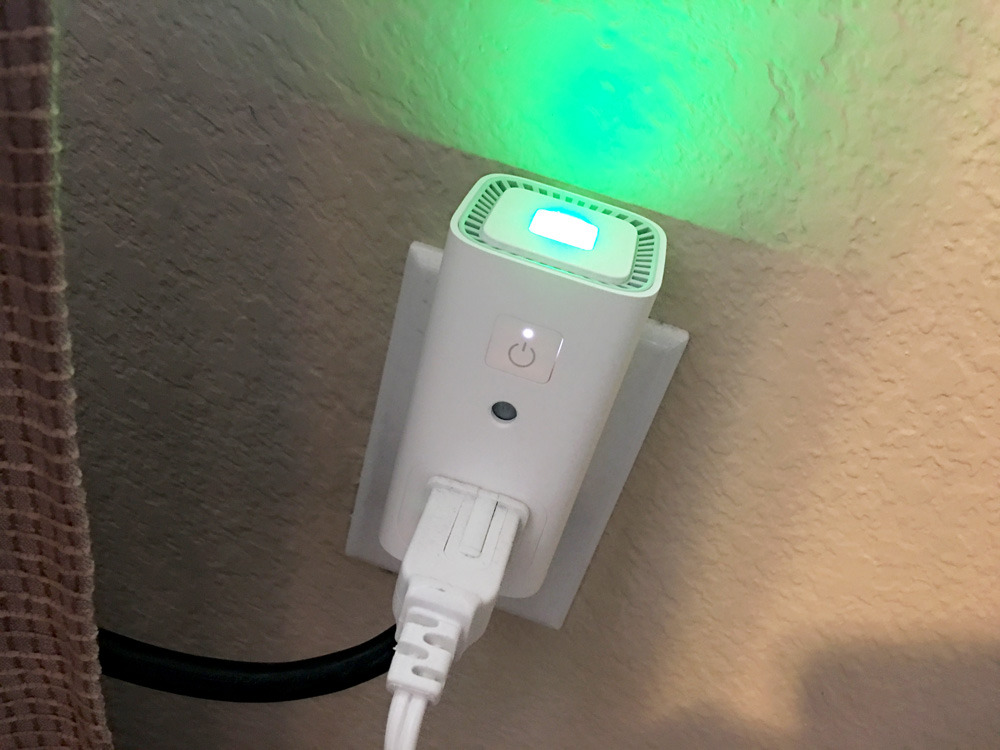
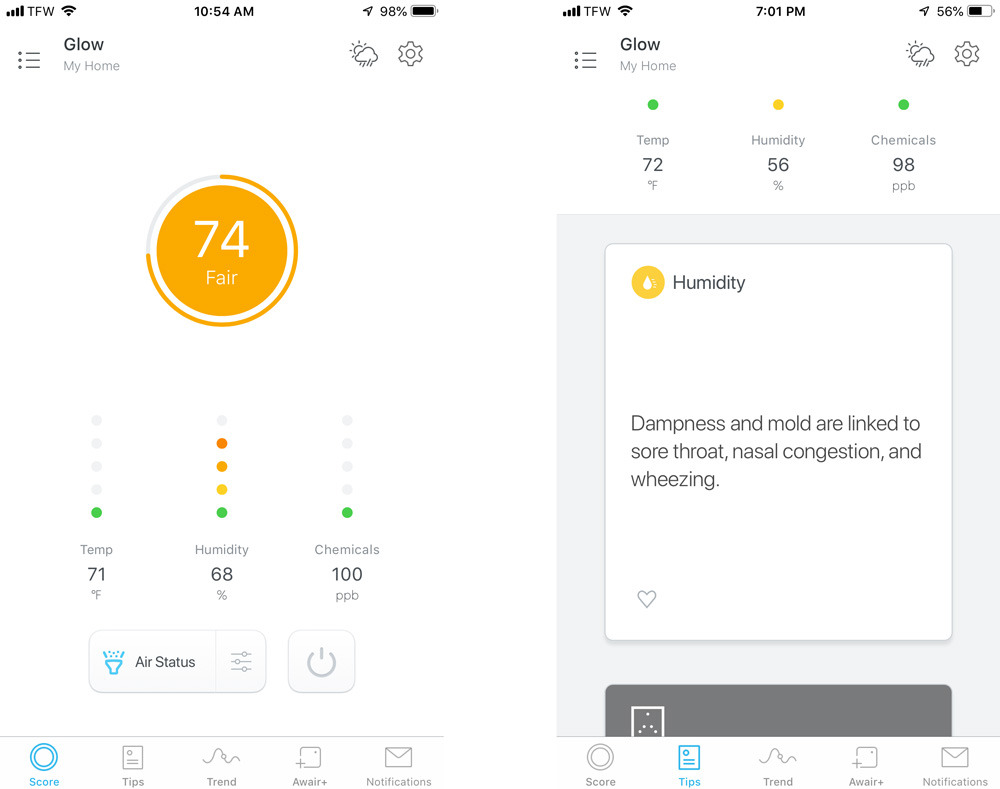
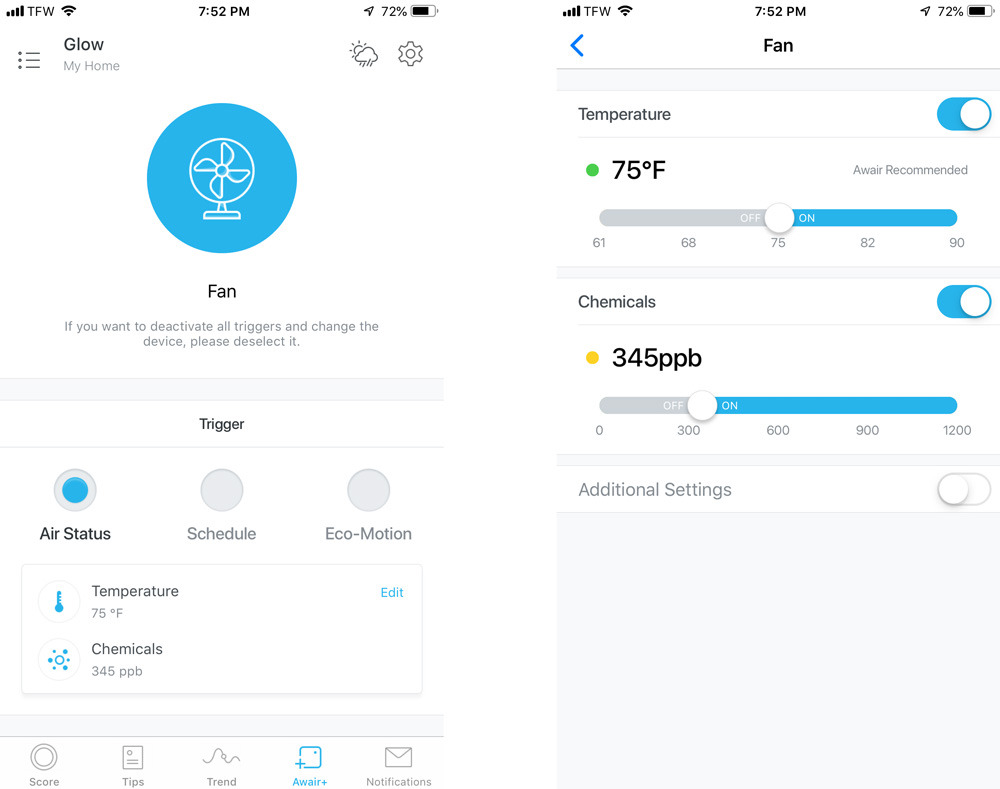
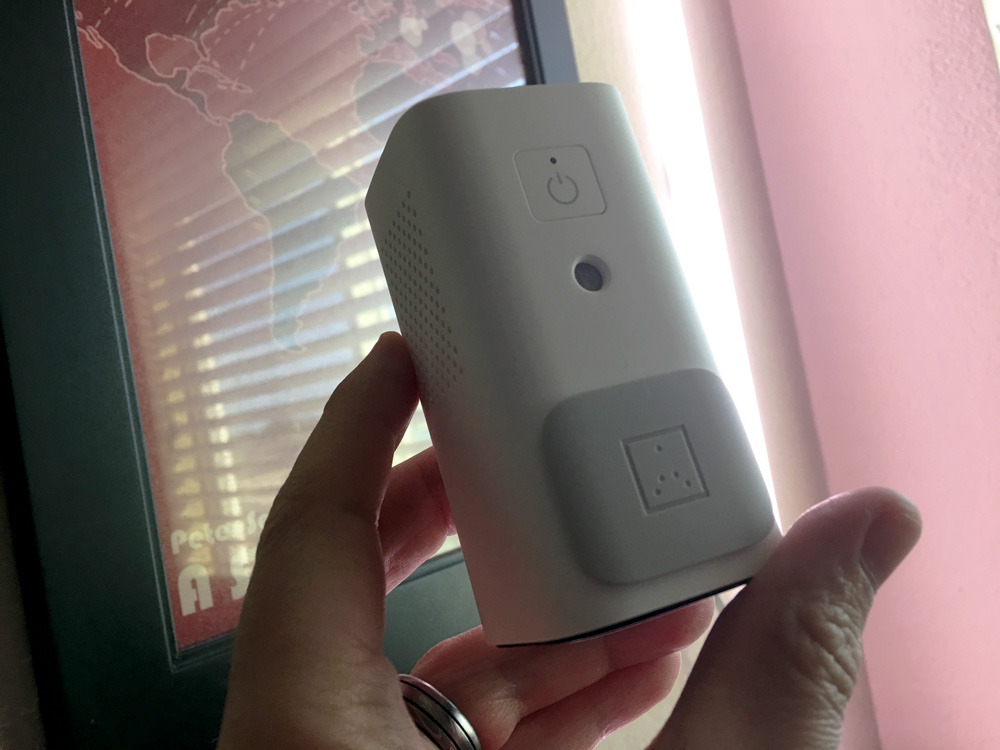

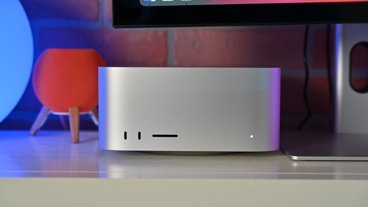





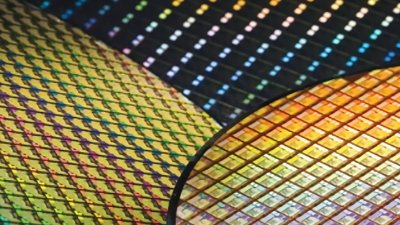
 Malcolm Owen
Malcolm Owen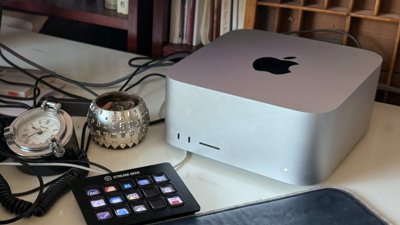
 William Gallagher
William Gallagher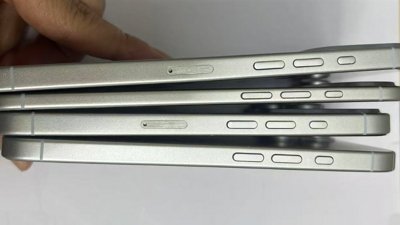

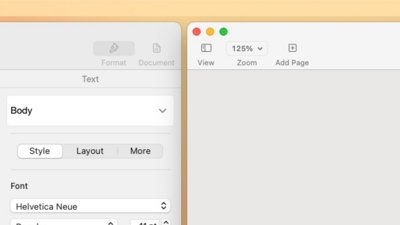
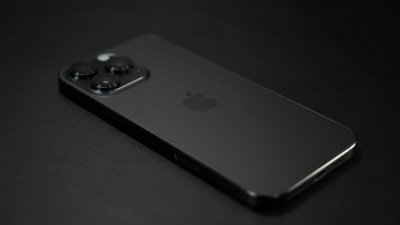
 Wesley Hilliard
Wesley Hilliard
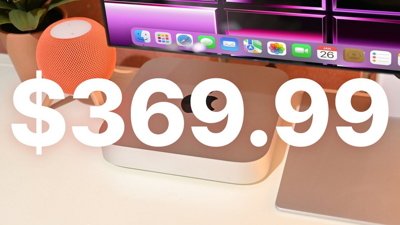
 Christine McKee
Christine McKee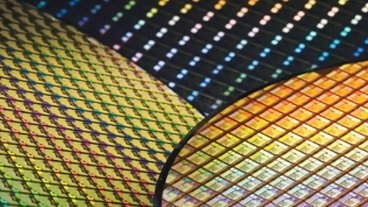
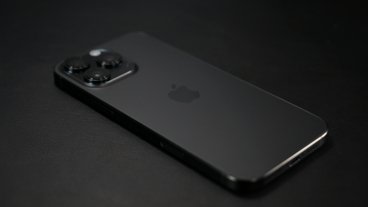


-m.jpg)




There are no Comments Here, Yet
Be "First!" to Reply on Our Forums ->